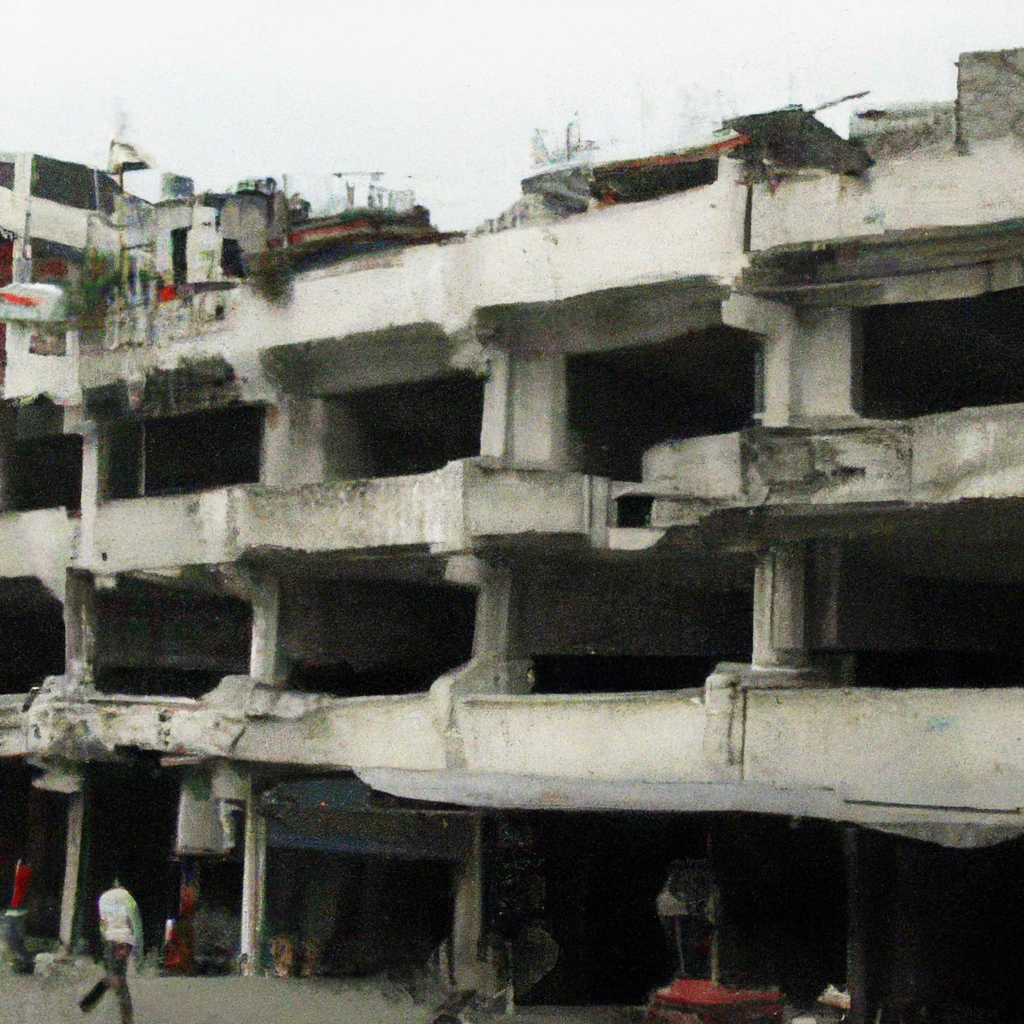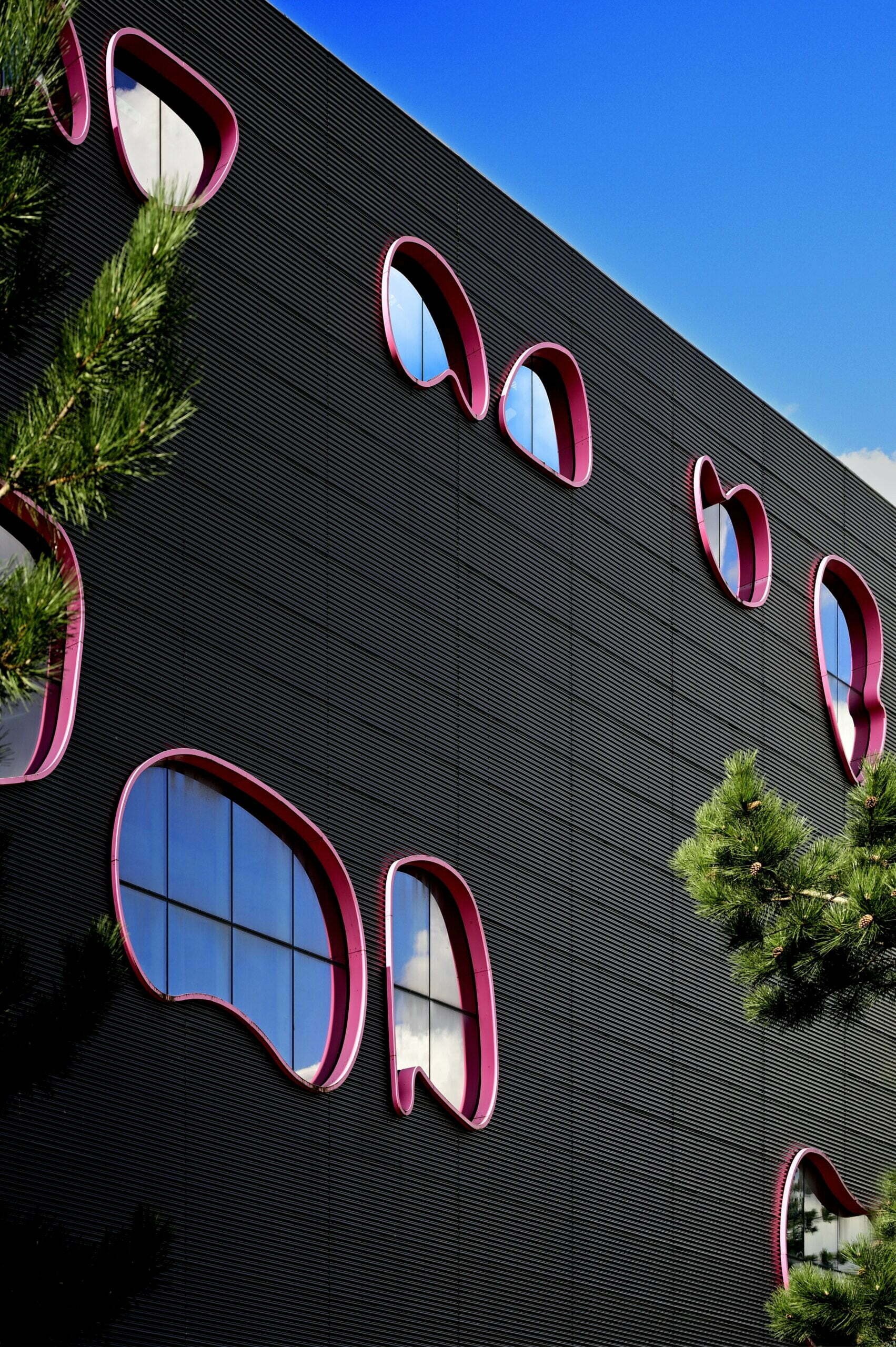In “Revitalizing Cities: Urban Redevelopment for a Better Future,” you are set on a journey that unveils the transformative aspects of urban renewal in the realm of Egypt’s real estate. This expedition through the enchanting world of metropolitan development unveils how Egyptian cities are dynamically evolving to meet the needs of the future. By focusing on the renovation and reutilization of existing structures, this narrative reveals compelling insights into how urban redevelopment establishes a balance between preserving cultural heritage and accommodating modern necessities. Buckle up, as you’re about to discover the groundbreaking steps that Egypt is taking to build a booming real estate industry through urban renewal, and how it contributes to shaping a better future. Understanding Urban Redevelopment in the Context of Egypt
Understanding Urban Redevelopment in the Context of Egypt
Urban redevelopment in Egypt, as in the rest of the world, refers to the process of revitalising distressed, degraded, or economically underperforming areas within the urban fabric. This process aims to not only improve the built environment but also stimulate economic growth, enhance social inclusion, and contribute to environmental sustainability.
Definition of Urban Redevelopment
Urban redevelopment encompasses a broad range of activities including, refurbishing existing structures, constructing new infrastructure, implementing city-wide initiatives such as smart cities, and crafting regulations to guide development. The aim is to transform urban spaces into vibrant, sustainable, and inclusive neighbourhoods that meet the needs of their residents.
Importance of Urban Redevelopment in Egypt
In Egypt, urban redevelopment is crucial for many reasons. Firstly, it helps address longstanding housing and infrastructure deficiencies in many parts of the country. Secondly, it offers opportunities for economic growth, job creation, and poverty reduction. Lastly, it enables the preservation and rejuvenation of Egypt’s historic and cultural sites, which are a significant source of national pride and tourism revenue.
Impacts of Urban Redevelopment
Urban redevelopment impacts various aspects of city life. It can enhance living standards by improving housing quality, accessibility to services, and overall neighbourhood livability. It also can stimulate local economies, creating jobs and attracting investments. On the other hand, inadequate or poorly managed redevelopment can lead to gentrification, displacement of vulnerable communities, and the loss of cultural heritage.
Historical Overview of Urban Redevelopment in Egypt
The practice of urban redevelopment in Egypt has evolved over time, influenced by a variety of political, economic, and socio-cultural factors.
Post-colonial Urban Redevelopment
In the post-colonial period, the Egyptian government embarked on nation-wide development plans that included wide-scale urban redevelopment. This era saw the construction of satellite cities outside Cairo and other major cities to alleviate overcrowding and stimulate economic growth.
Urban Redevelopment during the Modern Era
In the modern era, as Egypt embraced market-driven economies, the role of the private sector increased significantly. Private developers started to play a significant role in shaping urban landscapes, especially in response to a rapidly growing urban population’s housing needs.
Current State of Urban Redevelopment
Today, Egypt’s urban redevelopment agenda is multifaceted. It includes large-scale planned cities like the New Administrative Capital, revitalisation projects in historic districts such as Islamic Cairo, and affordable housing projects.
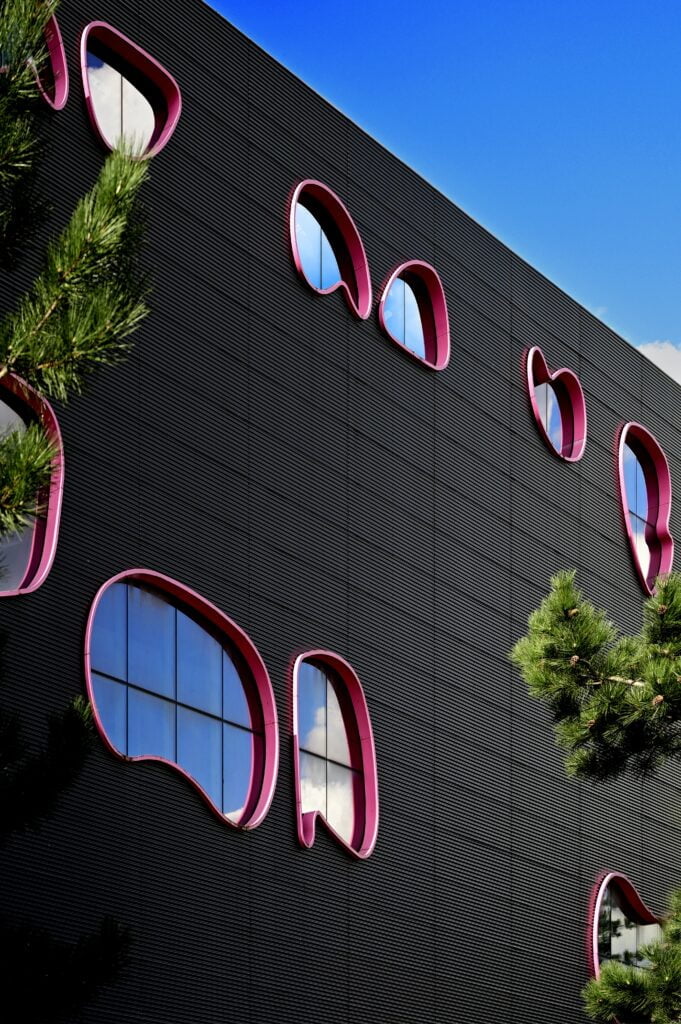
Key Players in Egypt’s Urban Redevelopment
Various actors contribute to shaping the urban redevelopment landscape in Egypt.
Governmental Entities Involved
Government agencies, like the Ministry of Housing, Utilities, and Urban Communities and the New Urban Communities Authority, play a pivotal role in implementing state-led redevelopment projects.
Role of Private Sector
The private sector, including developers and real estate investment companies, contributes significantly to shaping and driving urban redevelopment. They often undertake the construction of new developments, from luxury condominiums to affordable housing.
Influence of International Organisations
International organisations like the World Bank and the United Nations often support and fund urban redevelopment projects in Egypt. They provide technical assistance, fund infrastructural projects, and help guide policy.
Legislative Framework Guiding Urban Redevelopment in Egypt
There are numerous laws and regulations that govern urban redevelopment in Egypt.
Existing Urban Redevelopment Laws
Numerous laws oversee urban redevelopment in Egypt. They govern land use, planning and zoning, building codes, environmental protection, and preservation of historical and cultural sites.
Potential Gaps in the Legal Framework
Despite comprehensive legislative framework, certain gaps exist. Some areas lack precise laws, or existing laws require updating. These gaps can result in ambiguities, leading to development projects that aren’t socially or environmentally sustainable.
Impact of Legislation on Redevelopment Efforts
The legal framework greatly impacts urban redevelopment. Well-crafted legislation can ensure that redevelopment is inclusive, equitable, and environmentally conscious, while gaps in the legislation can lead to less desirable outcomes.
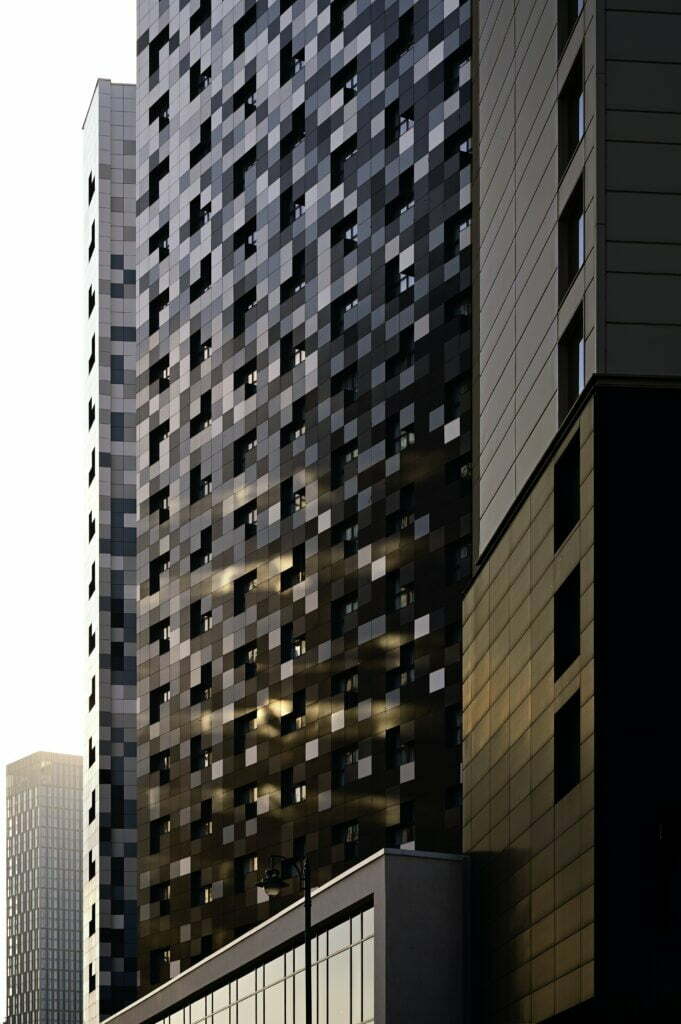
Case Studies: Success Stories of Urban Redevelopment in Egypt
Several urban redevelopment projects in Egypt have yielded significant benefits.
Redevelopment of the Tahrir Square Area
The renovation of the Tahrir Square area in Cairo represents a successful urban redevelopment project. The area has seen improved traffic flow, increased green space, and the refurbishment of historical buildings.
Revitalization of Islamic Cairo
UNESCO’s Historic Cairo Rehabilitation Project has successfully revitalised multiple areas within Islamic Cairo – one of the world’s oldest, intact, historic cities. Rehabilitation of historic buildings and urban spaces, along with efforts to enhance local residents’ quality of life, represents a significant accomplishment.
Gentrification of Alexandria
The gentrification process in Alexandria incorporated refurbishing old residential buildings, improving local services, and creating public spaces. These initiatives aimed to foster a better living environment and stimulate local economic activity, but were also criticised for costs being pushed onto residents.
Challenges Facing Urban Redevelopment in Egypt
Urban redevelopment in Egypt faces considerable challenges.
Socio-economic Hurdles
Socio-economic challenges include a lack of affordable housing and the displacement of low-income residents. Gentrification can result in established communities being priced out of their neighbourhoods.
Environmental Concerns
Environmental concerns such as pollution, waste management, and water scarcity can hamper the success of urban redevelopment projects. Ensuring that these projects are environmentally sound and sustainable is crucial.
Property Rights and Tenant Disputes
Disputes over property rights and tenancies often emerge during redevelopment processes. These often involve complexities of informal settlements and heritage buildings.
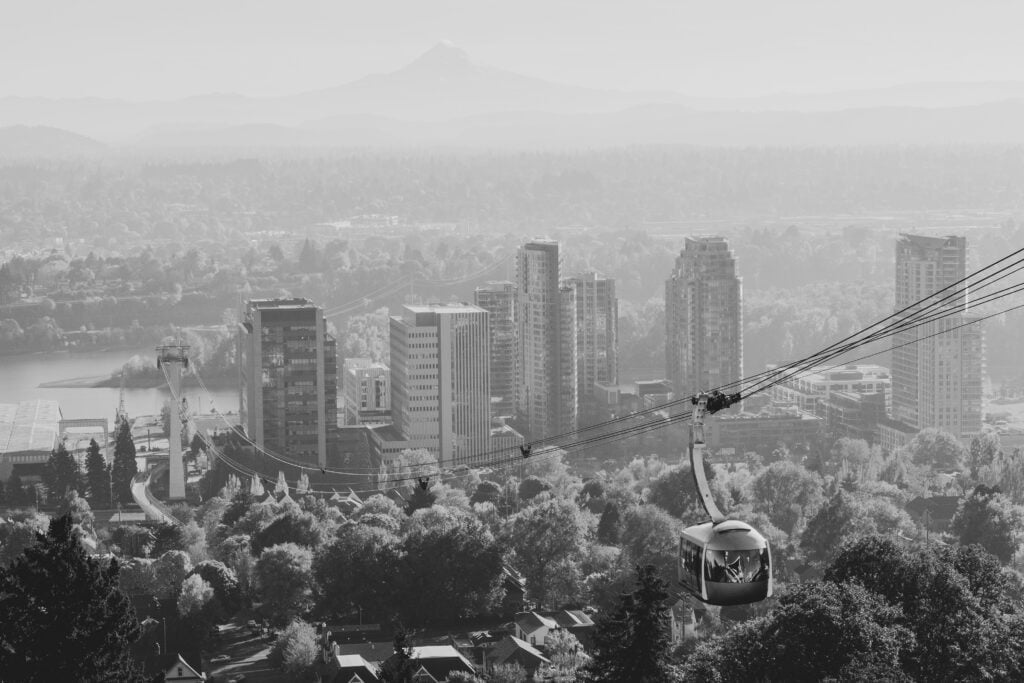
Benefits of Urban Redevelopment in Egypt
Despite these challenges, urban redevelopment can bring substantial benefits.
Economic Growth and Job Creation
By stimulating construction, commerce, and tourism, urban redevelopment can stimulate economic growth and employment.
Improved Living Standards
Revitalising urban spaces can enhance quality of life and overall well-being for residents, by improving their living conditions, services, and amenities.
Preservation of Cultural Heritage
By rehabilitating historic and cultural sites, urban redevelopment aids in the protection and progressive interpretation of Egypt’s rich cultural heritage.
The Role of Technology in Urban Redevelopment
Technology plays an increasingly important role in urban redevelopment efforts.
How Technology is Transforming Urban Redevelopment
Through smart city concepts, digitisation, and data analytics, technology provides innovative solutions to urban planning and design challenges. It offers tools to streamline and optimise urban redevelopment processes and outcomes.
Role of Smart Cities in Egypt’s Urban Landscape
In Egypt, the concept of smart cities is gaining ground. The New Administrative Capital, for instance, is envisioned as a smart city, with state-of-the-art digital infrastructure and sustainable technologies at its core.
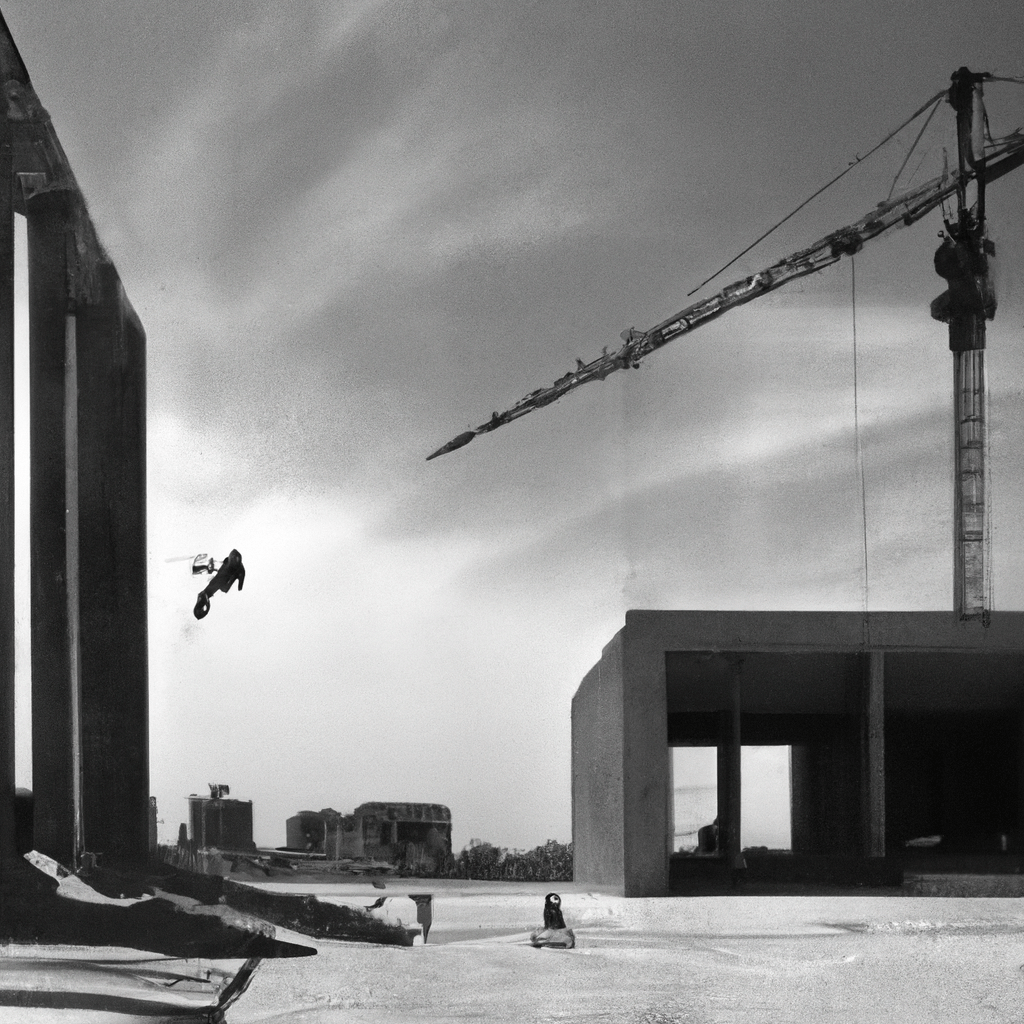
Urban Redevelopment: A Plan for the Future of Egypt
Properly managed, urban redevelopment can contribute significantly to Egypt’s future.
Long-Term Environmental Sustainability
By embracing green building standards and environmentally friendly technologies, urban redevelopment can contribute to achieving long-term environmental sustainability.
Social Inclusivity and Equitable Development
Inclusive urban redevelopment can ensure that all residents, regardless of their socio-economic status, benefit from improved living conditions and opportunities.
Economic Prosperity and Job Creation
By attracting investments and generating jobs, urban redevelopment can contribute to sustained economic prosperity in Egypt.
Concluding Insights on Urban Redevelopment in Egypt
The future of urban redevelopment in Egypt holds promise, but also challenges.
Key Success Factors
Successful redevelopment relies upon effective public-private partnerships, participation of local communities, incorporation of sustainable practices, and preservation of cultural heritage.
Areas for Improvement and Adaptation
There’s room for improvement in addressing socio-economic disparities, ensuring environmental sustainability, resolving property and tenant disputes, and integrating technological solutions.
Predictions for the Future of Urban Redevelopment in Egypt
Continued urban redevelopment will shape Egypt’s cities, provided it is handled responsively and inclusively. As it evolves, it will continue to play an essential role in shaping Egypt’s urban landscape and influencing the country’s socio-economic trajectory.
